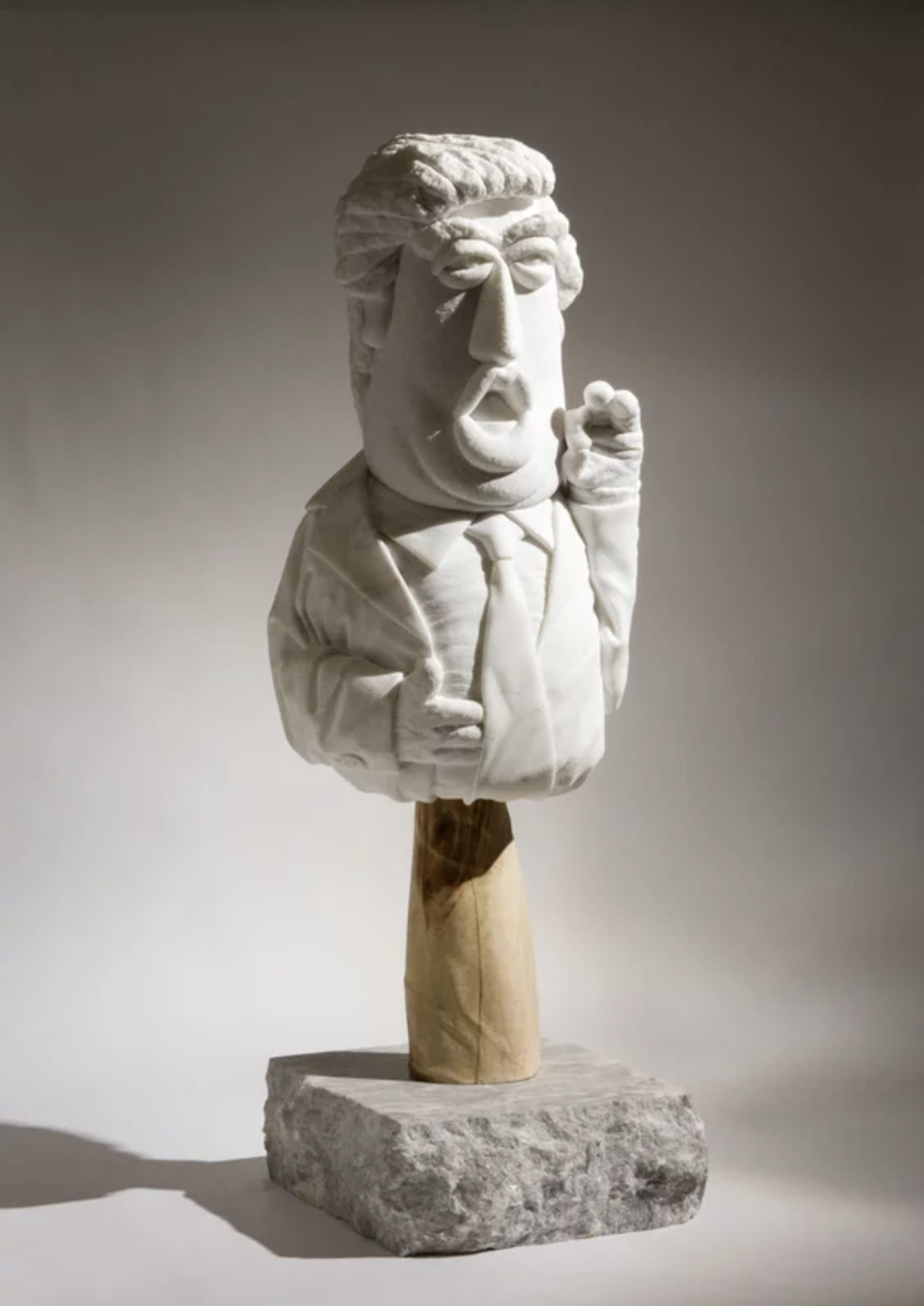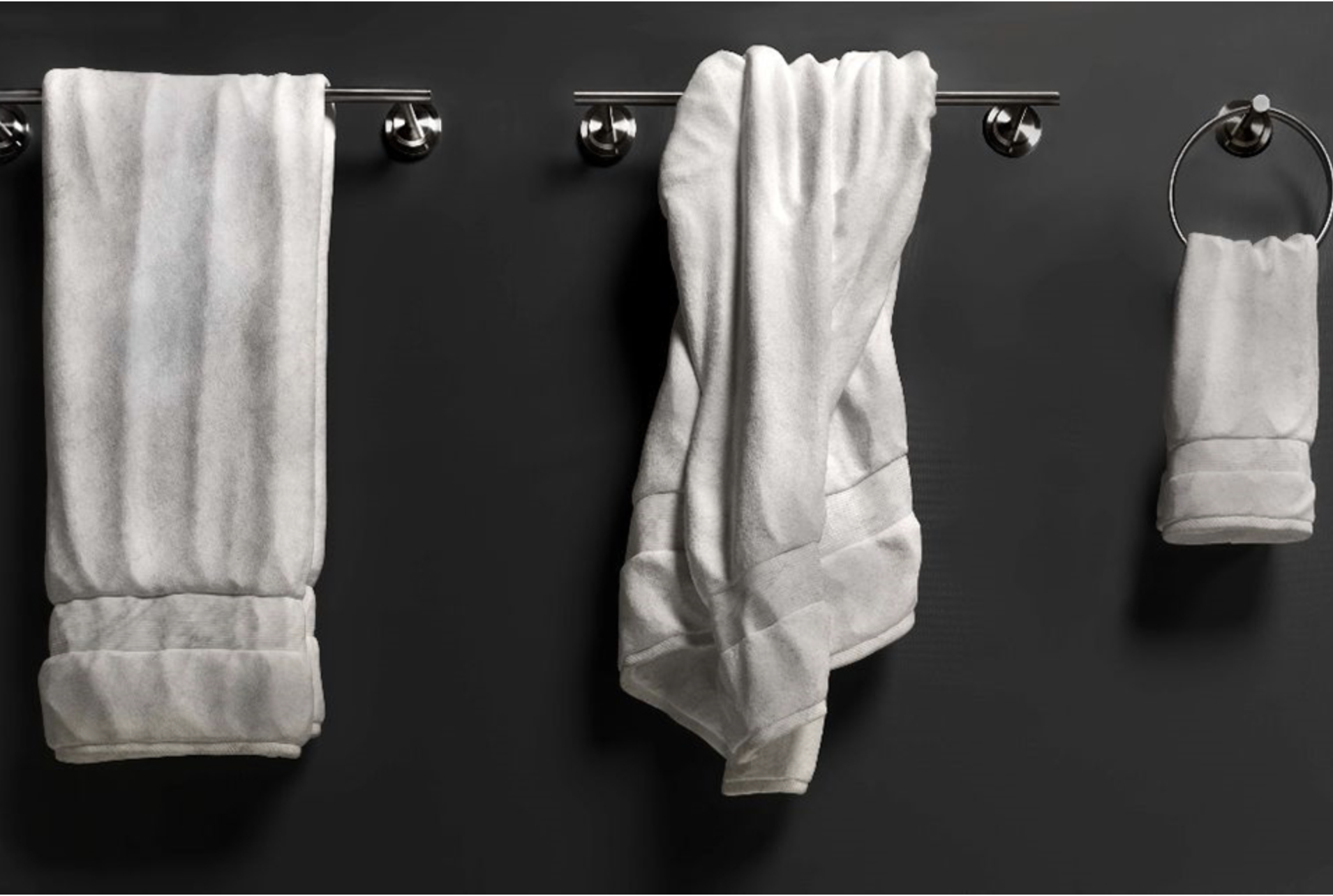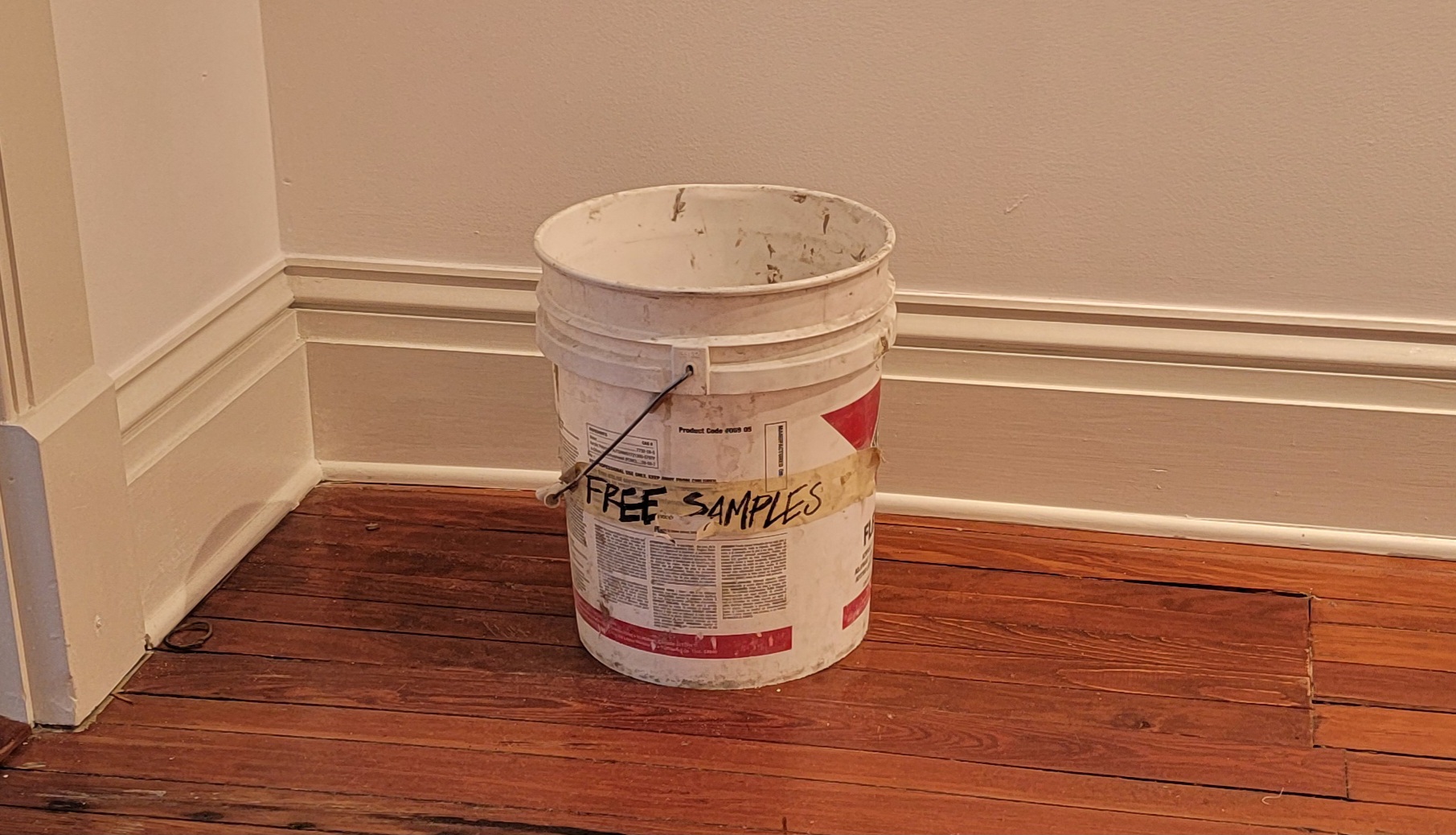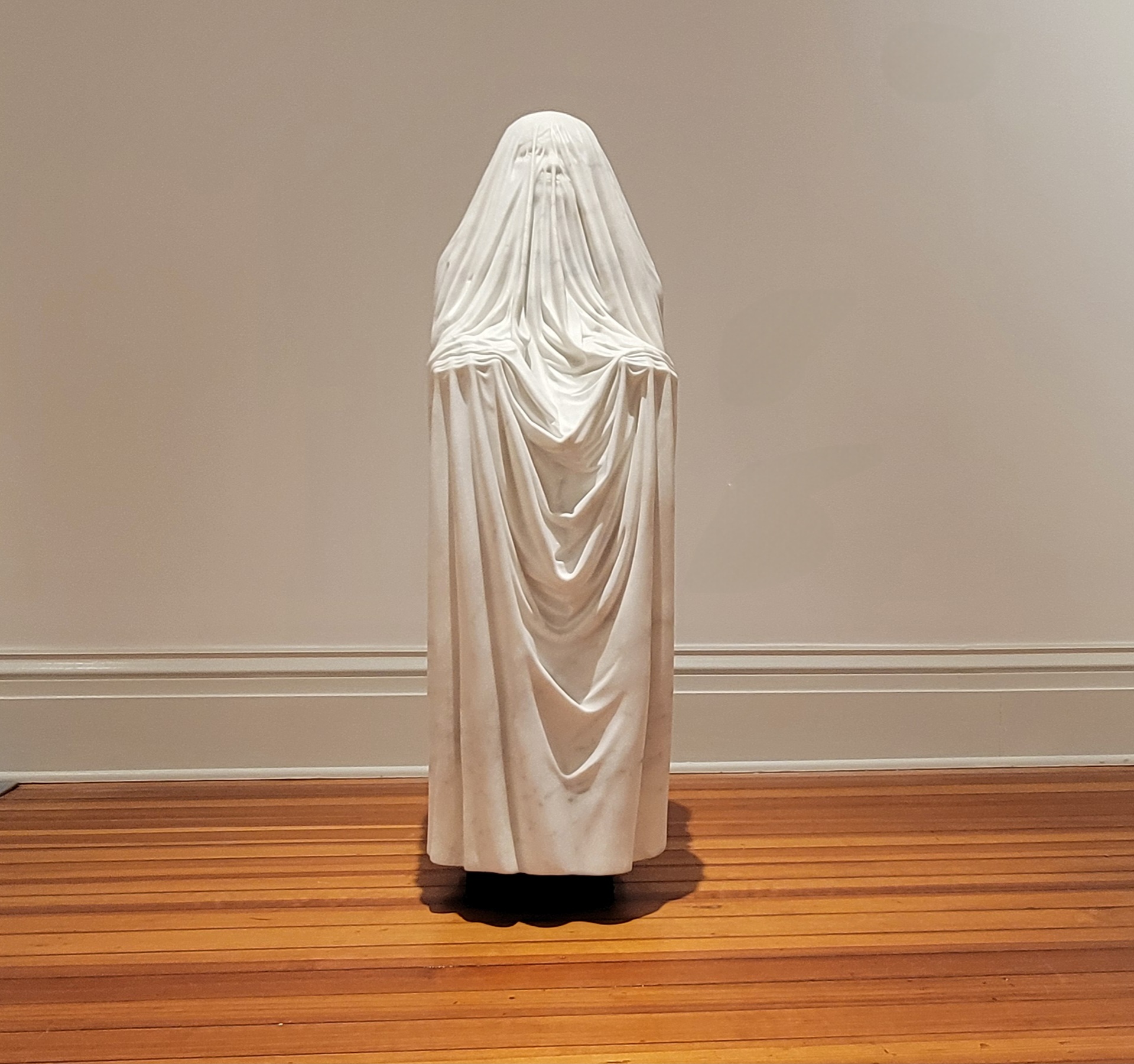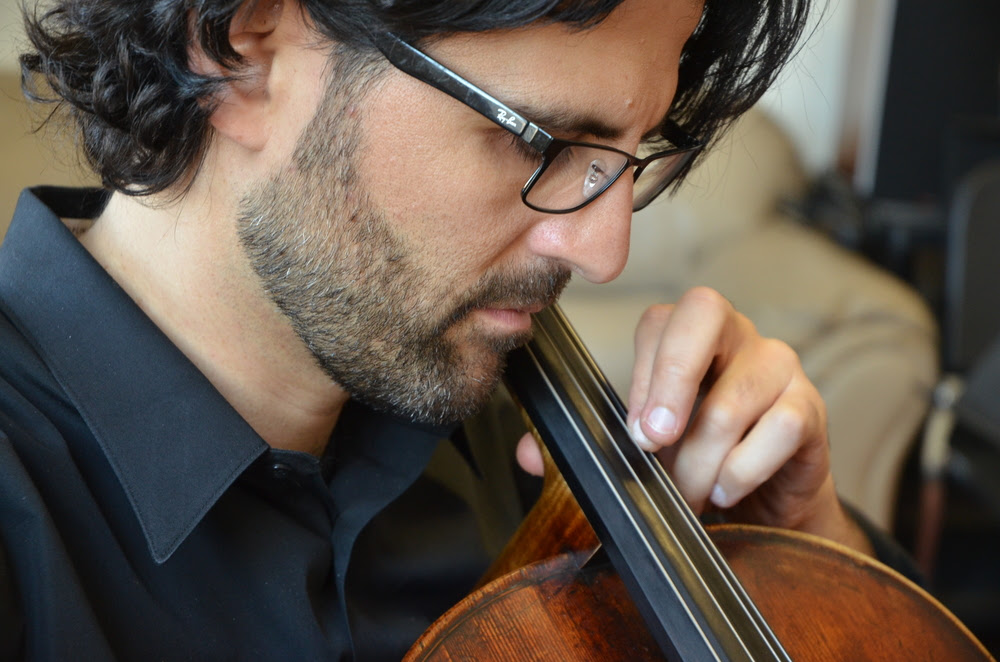
Cellist Amit Peled
A remarkable evening of music and reflection opened appropriately with what amounts to a prayer.
The lyrics to the hymn inspired by Sibelius’ tone poem “Finlandia,” performed by the Mid-Atlantic Symphony Orchestra Thursday night in Easton, came instantly to mind with the first notes of the beloved middle movement of this piece about peace.
“My country’s skies are bluer than the ocean
And sunlight beams on cloverleaf and pine
But other lands have sunlight, too, and clover
And skies are everywhere as blue as mine
O hear my song, thou God of all the nations
A song of peace for their land and for mine.”
In a concert anchored by the performative genius of an Israeli-American cellist, peace inevitably came to mind there as well. But it was principally the music that spoke to appreciative listeners in Saints Peter and Paul High School’s auditorium. “Finlandia” is a 19th-century musical commentary on the Russian Empire’s oppression, continued under the Soviet Union, of neighboring Finland – now a member of NATO in defensive response to war-criminal misdeeds by Vladimir the Terrible.
The eight-minute “Finlandia” was but an appetizer for much more to savor and to mull over on the drive home from this rewarding concert.
Next up was an until-recently undiscovered masterwork by Florence Price, the first African-American woman composer to have her symphony (No. 1 in E Minor) performed by a major U.S. orchestra. Her three-movement “Ethiopia’s Shadow in America” breaks the era of slavery into “The Journey” from homeland captivity to being chained and shipped into a life as two-legged chattel, followed by “Struggle and Resistance,” which captures the loss of liberty and far worse before morphing into a resolve to overcome. Then, finally, it moves to a hopeful “Celebration of Heritage,’ in an emancipation nation clinging to racist hangovers.
Price’s “Ethiopia’s Shadow” was recorded on the New York Youth Symphony album that won the musicians and Michael Repper, now music director of the MSO, 2023’s Grammy for Best Orchestral Performance. The three movements – capture, slavery and emancipation – are marked by what-will-come-next trepidation in the first instance. The second connotes both resignation to hardships – somber notes of lost humanity and a resilience that comes from somewhere within as the higher strings and woodwinds strike a tone of getting ahead rather than getting even. Finally, a lilting passage introduced in a clarinet solo by Wendy Hatton suggests a brighter future in which dancing is one of freedom’s rewards.
Post-intermission, Repper ceded his usual role of introducing the final piece on the program to the soloist who plays most of the notes in Dvorak’s Cello Concerto widely acclaimed as the best ever written. Turns out that Amit Peled, a cello professor at Baltimore’s Peabody Conservatory, whose professorship hardly begins to encapsulate his accomplishments as an artist, loves to tell stories about the pieces he plays. The dramatic effect was so profound that I could not possibly take in the concerto without references Peled made spinning in my head as the wordless magic of his playing or Dvorak’s genius in composing it – probably both – influenced my perception of the music and musicianship.
According to Peled, Dvorak was hopelessly in love with a lass named Josephine who, like himself, was a Czech native. He offered his hand to her. But Josephine’s father insisted that he marry his older daughter instead. Meanwhile, Dvorak had accepted the challenge of writing a cello concerto, which he previously thought all but impossible. After writing a promising first movement, he decided to sail to Europe and his homeland to visit Josephine, who he heard was sick. En route, he wrote a second movement, inspired by the prospect of seeing her again, and then wrote a third upon his visit. But on his return voyage, he learned that Josephine had died. He tore up the third movement and the astonishing one we hear today of which Peled tipped us all with a musical spoiler by playing the note he cues just before a dying response from Josephine – in this case delivered by concertmaster/first violin Kim McCollum.
Aside from his storytelling, Peled’s utter mastery of this complex and athletically challenging concerto was spellbinding. An introspective opening quickly eclipsed by a bold orchestral statement featuring horns and woodwinds establish a grand entrance for the soloist, who shows who’s in charge with higher-register notes than you’d expect from a cello, played with violin dexterity mixed with cello/bass authority. While full orchestral outbursts periodically gave Peled a chance to catch his breath and rest his bow arm, he showed a knack for coming in just on the heels of a supporting instrumental phrase, such as by Dana Newcomb on oboe. You’d think the cello and oboe were one.
In the final movement, Josephine’s death note follows Peled’s lead, punctuated by a gentle pluck of a single string. Sprightly folk melodies of their shared Czech roots ease any maudlin preoccupations with death to instill a celebration instead of life.
The performance is indeed a celebration of life as interpreted through music.
Mid-Atlantic Symphony Orchestra
Spring concert series: Thursday, April 4, Saints Peter and Paul High School, Easton. Also, 3 p.m. Saturday, April 6, Epworth United Methodist Church, Rehoboth Beach, and 3 p.m. Sunday, April 7, Community Church, Ocean Pines.
Steve Parks is a retired New York arts critic now living in Easton.


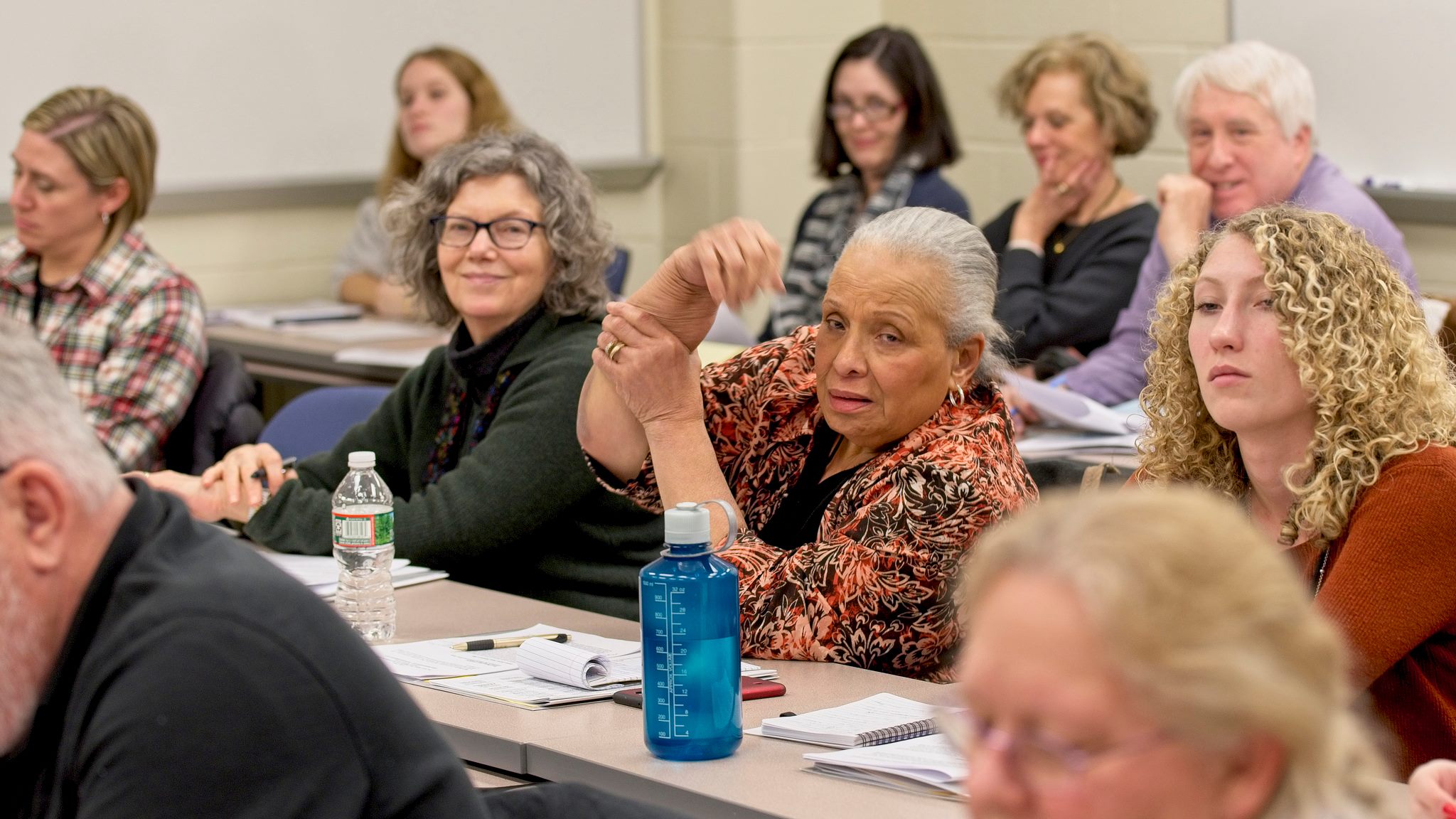

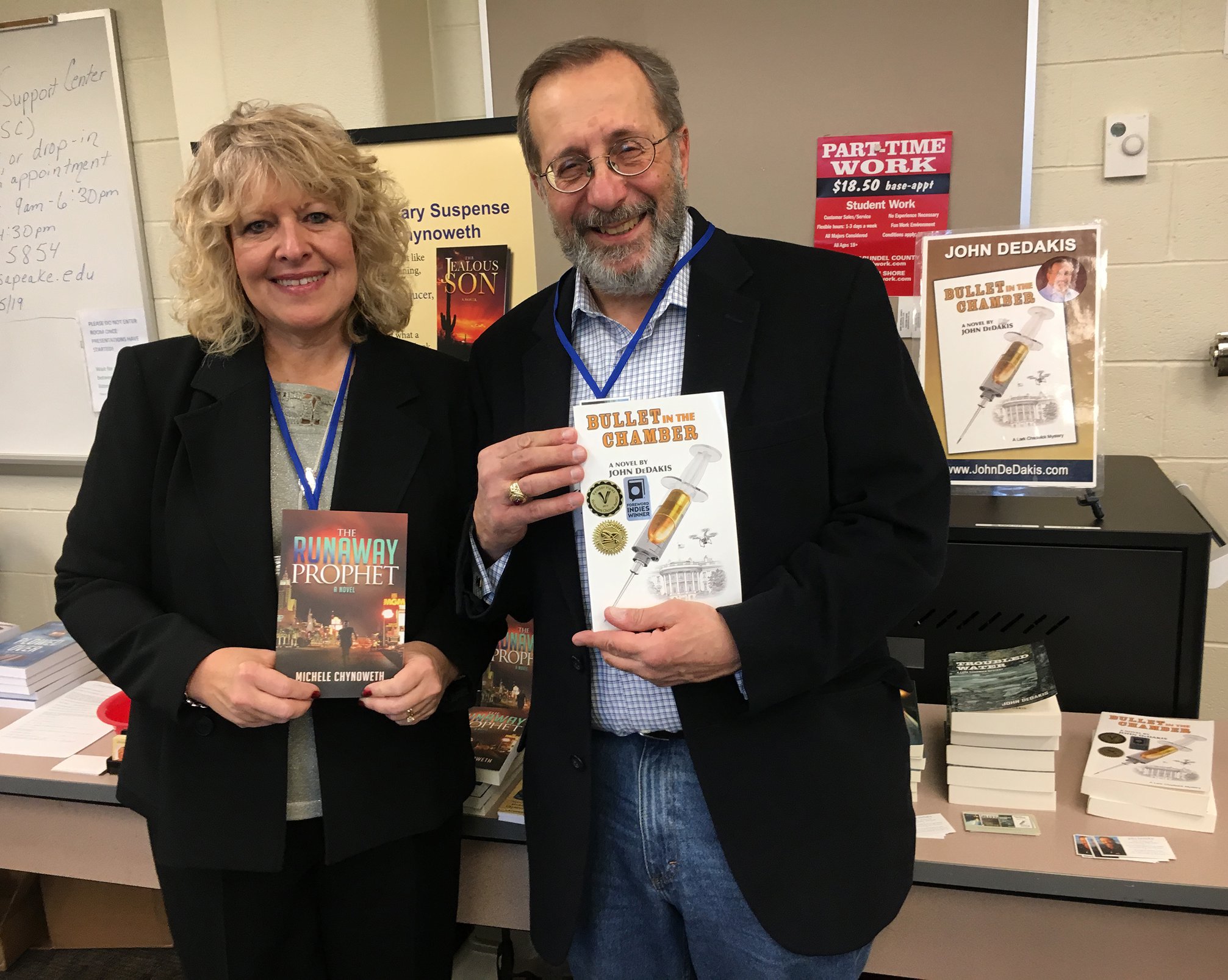


 For the second year in a row, the Ocean City Film Festival welcomes John Waters, widely known as the “Pope of Trash” and lately as the self-described “Filth Elder” of American movie-making – this time for its eighth annual edition of this cinematic celebration at the beach. Native Baltimorean and lifelong resident of Charm City, Waters appears live for a screening of his movie “Hairspray,” which also launched his hit Broadway musical. The film will be accompanied by Waters’ live commentary at 8 p.m. Saturday, March 9, at the Ocean City Performing Arts Center.
For the second year in a row, the Ocean City Film Festival welcomes John Waters, widely known as the “Pope of Trash” and lately as the self-described “Filth Elder” of American movie-making – this time for its eighth annual edition of this cinematic celebration at the beach. Native Baltimorean and lifelong resident of Charm City, Waters appears live for a screening of his movie “Hairspray,” which also launched his hit Broadway musical. The film will be accompanied by Waters’ live commentary at 8 p.m. Saturday, March 9, at the Ocean City Performing Arts Center. 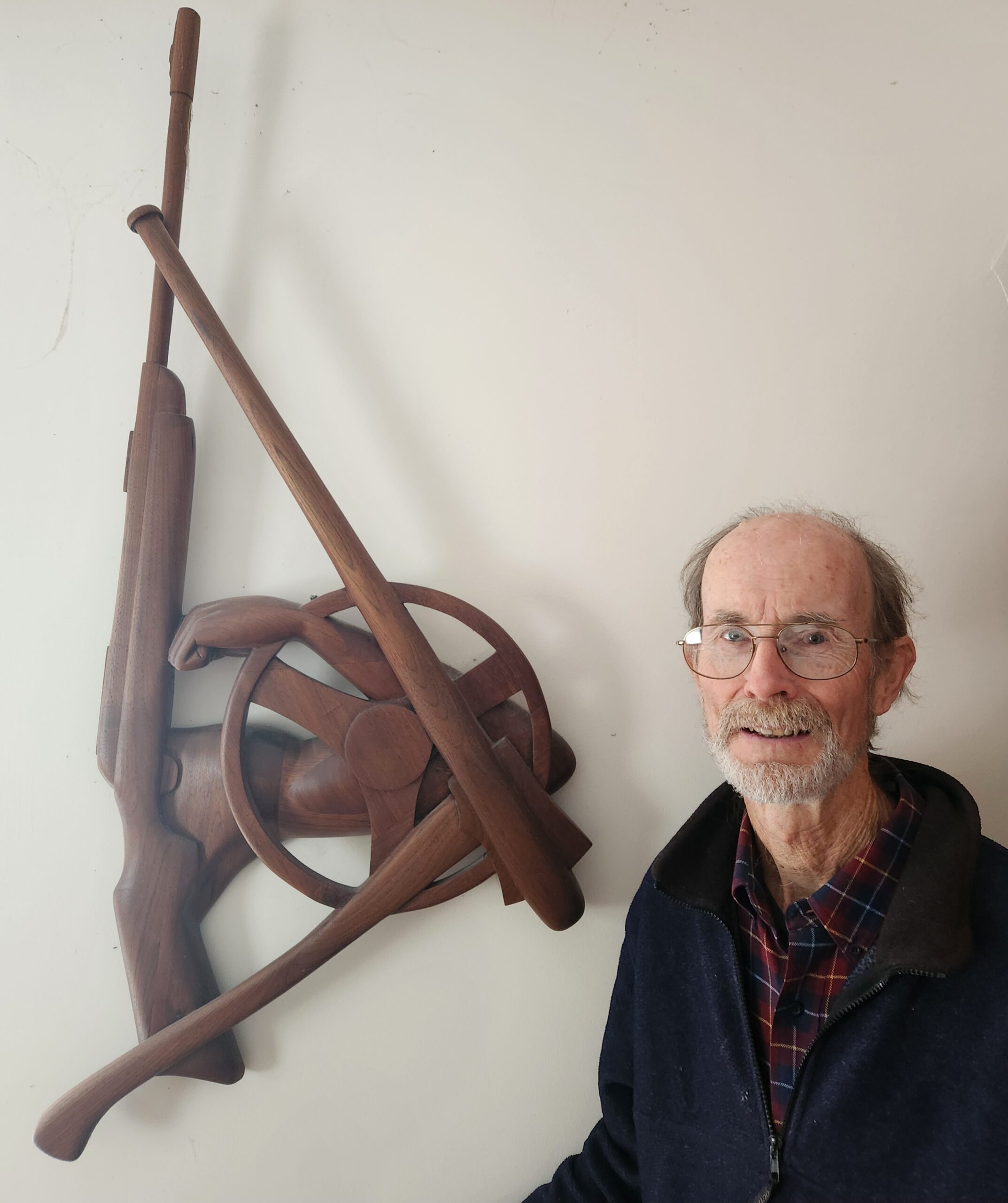
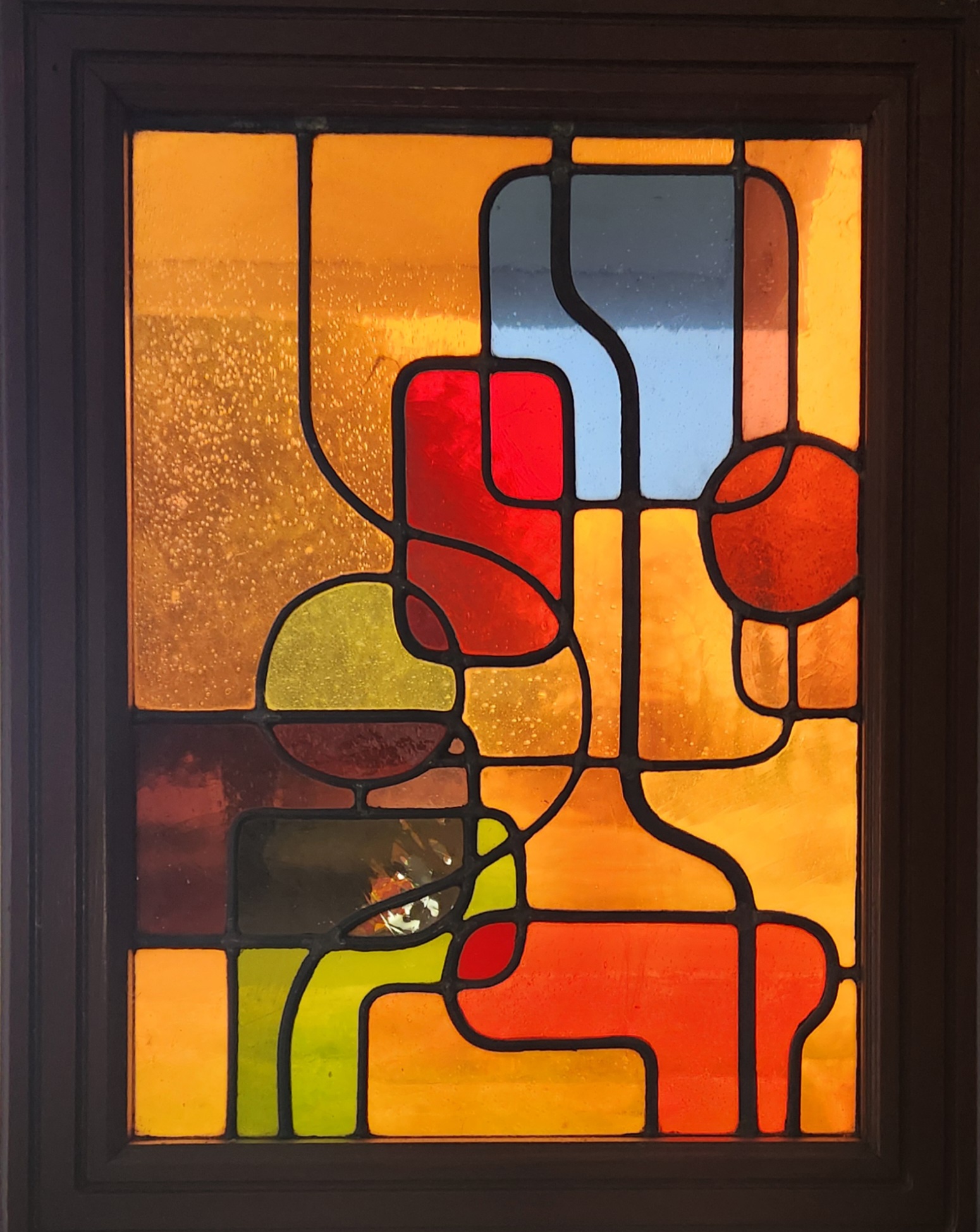
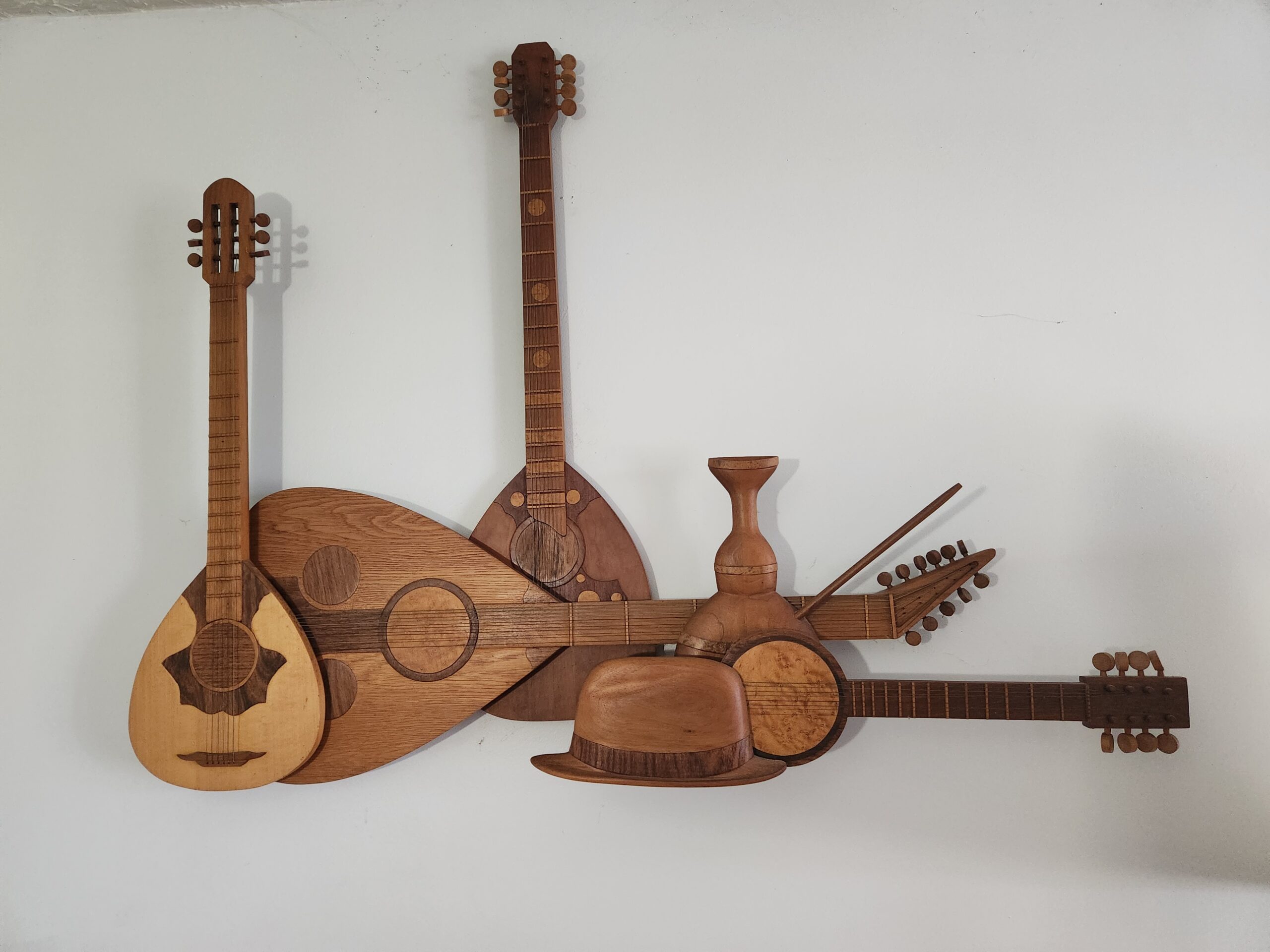
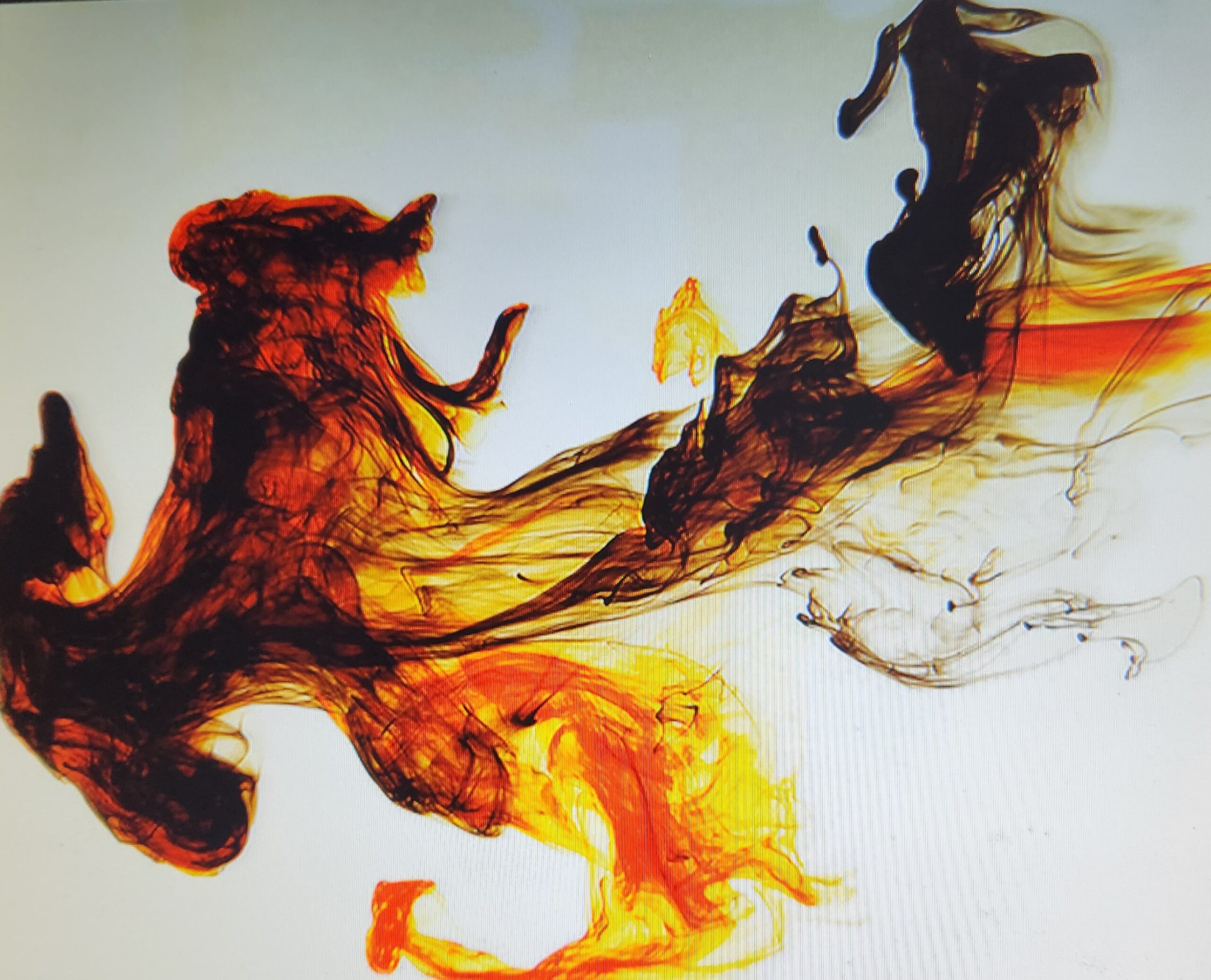 More recently, Stevens created a container measuring 76 inches x 20 inches and ¾ inches wide, filled it with water and started taking pictures of the results of dropping ink into the water, photographing the progress of the process.
More recently, Stevens created a container measuring 76 inches x 20 inches and ¾ inches wide, filled it with water and started taking pictures of the results of dropping ink into the water, photographing the progress of the process.

 Ramirez has been juried into shows in Annapolis and Columbia, MD, in addition to multiple shows around the Eastern Shore.
Ramirez has been juried into shows in Annapolis and Columbia, MD, in addition to multiple shows around the Eastern Shore.

